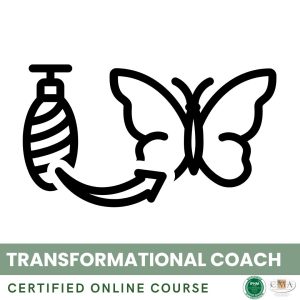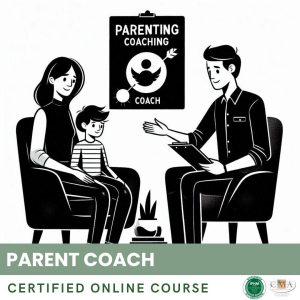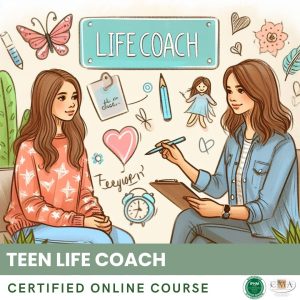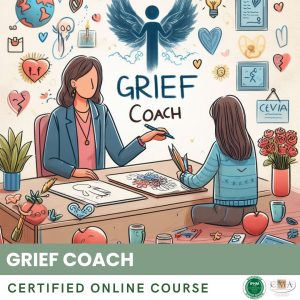Welcome to this sixth sub-module which will allow you to explore two often poorly understood yet essential orientations to understand the diversity of attractions and relationships: asexuality and aromanticism.
Asexuality is defined as an absence or low level of sexual attraction towards other people, regardless of their gender or physical characteristics. Asexual people do not or less feel sexual desire and generally do not wish to have sexual relations with others.
Contrary to a common misconception, asexuality is not a choice or voluntary abstinence, but a sexual orientation in its own right, on the same level as heterosexuality, homosexuality, or bisexuality. It does not necessarily result from trauma, illness, or hormonal disorder. It is a natural and healthy variation of human sexuality.
Asexuality is a spectrum, with a wide diversity of experiences and realities. Some asexual people feel no sexual attraction, others feel it very occasionally or in specific circumstances. Some are indifferent to sexuality, others can find aesthetic or sensual interest in it without necessarily wanting to practice it.
It is important to distinguish sexual attraction from romantic attraction. That’s where the notion of aromanticism comes in. An aromantic person feels little or no romantic attraction towards others, regardless of his or her sexual attraction. They do not feel the need or the desire to develop romantic relationships.
Again, aromanticism is a varied spectrum. Some aromantic people still appreciate emotional closeness and can form strong affective relationships, without considering them as romantic relationships in the traditional sense of the term. Others prefer to maintain a certain emotional distance and focus on other aspects of their life.
Asexuality and aromanticism are two separate dimensions that can combine in different ways. A person can be asexual and aromantic, asexual but not aromantic, aromantic but not asexual… All configurations are possible and valid.
For example, an asexual and aromantic person will not feel sexual or romantic attraction. An asexual but not aromantic person may seek romantic relationships without wanting to have sexual relations with their partners. Conversely, an aromantic but not asexual person can have sexual relations without necessarily engaging in romantic relationships.
As a coach, your role will be to welcome with respect and kindness asexual and/or aromantic people you might support. Educate yourself about these orientations by relying on resources produced by the concerned communities. Use respectful and validating language, avoiding pathologizing or invalidating terms such as “phase,” “immaturity,” or “fear of commitment.”
If an asexual and/or aromantic person comes to you, keep in mind that their orientation is not a problem to solve but a valid part of their identity. Your role will be to help them accept themselves and thrive in their relationships and life choices, without presumption or injunction towards sexuality or romance.
David Jay, founder of AVEN (Asexual Visibility and Education Network), is an emblematic figure of asexual visibility. In his appearances, he stresses the importance of deconstructing the injunction to sexuality and valuing the diversity of human relationships, beyond the traditional model of a romantic and sexual couple.
The series BoJack Horseman provides a positive representation of asexuality through the character of Todd Chavez, who discovers and asserts his asexual identity throughout the seasons. The series accurately and humorously addresses the questions and challenges an asexual person may face in a society that values sexuality as a norm.
By addressing asexuality and aromanticism in your coaching practice, you will contribute to breaking the invisibility and prejudices that still surround these orientations. You will help your clients to accept themselves and to carve their own path, outside the beaten track of traditional romance and sexuality. Because recognizing and celebrating the diversity of attractions and relationships is working for a more inclusive world where everyone can thrive in their own way.
Key Points to Remember:
– Asexuality is a sexual orientation characterized by an absence or low level of sexual attraction towards others. It is neither a choice, nor voluntary abstinence, nor the result of trauma or illness.
– Aromanticism is a romantic orientation characterized by an absence or low level of romantic attraction towards others, regardless of sexual attraction.
– Asexuality and aromanticism are varied spectra, with a wide diversity of experiences and realities. All configurations are possible and valid.
– As a coach, it is important to welcome asexual and/or aromantic people with respect and kindness, using validating language and avoiding pathologizing expressions.
– The orientation of an asexual and/or aromantic person is not a problem to solve but a valid part of their identity. The coach’s role is to help them accept themselves and thrive in their relationships and life choices.
– Addressing asexuality and aromanticism in coaching practice contributes to breaking the invisibility and prejudices surrounding these orientations, and to work towards a more inclusive world where everyone can thrive in their own way.
👉 To download docx (Editable) file click here : Click here
👉 To download PDF file click here : Click here
👉 To download MP3 file click here : Click here






